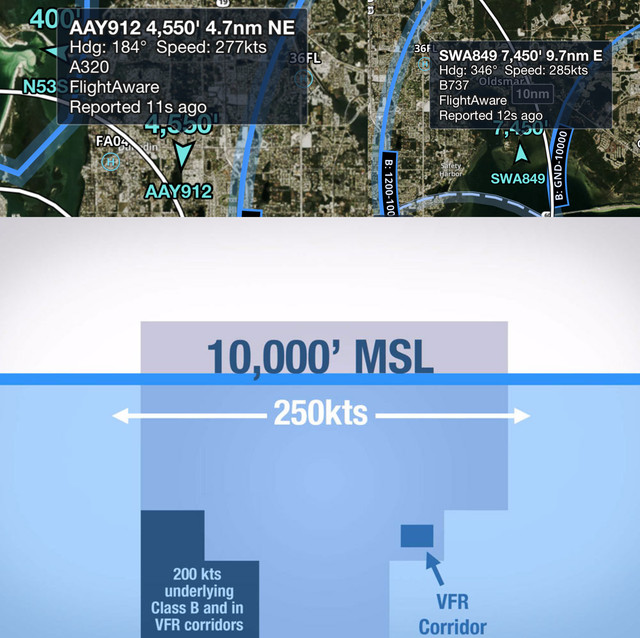kicktireslightfires
Pre-takeoff checklist
- Joined
- Jun 11, 2020
- Messages
- 342
- Display Name
Display name:
kicktireslightfires
Or is ADS-B data inaccurate? Because I see the jets flying 270 and 280 knots all the time under 10k feet or even under 5k feet and I don't understand it if the speed limit is 250 knots under 10k MSL and max of 200 knots under 10k MSL while in Class B airspace. Both of these screenshots below are from within class B airspace so per my understanding of the rules, they should be flying no faster than 200 knots. I've noticed this for a while and probably 80% of the jets I see under 10k MSL are doing well in excess of those speed limits so I'm unsure if the ADS-B data is wrong or if just no one actually follows these speed limits and ATC doesn't care.


